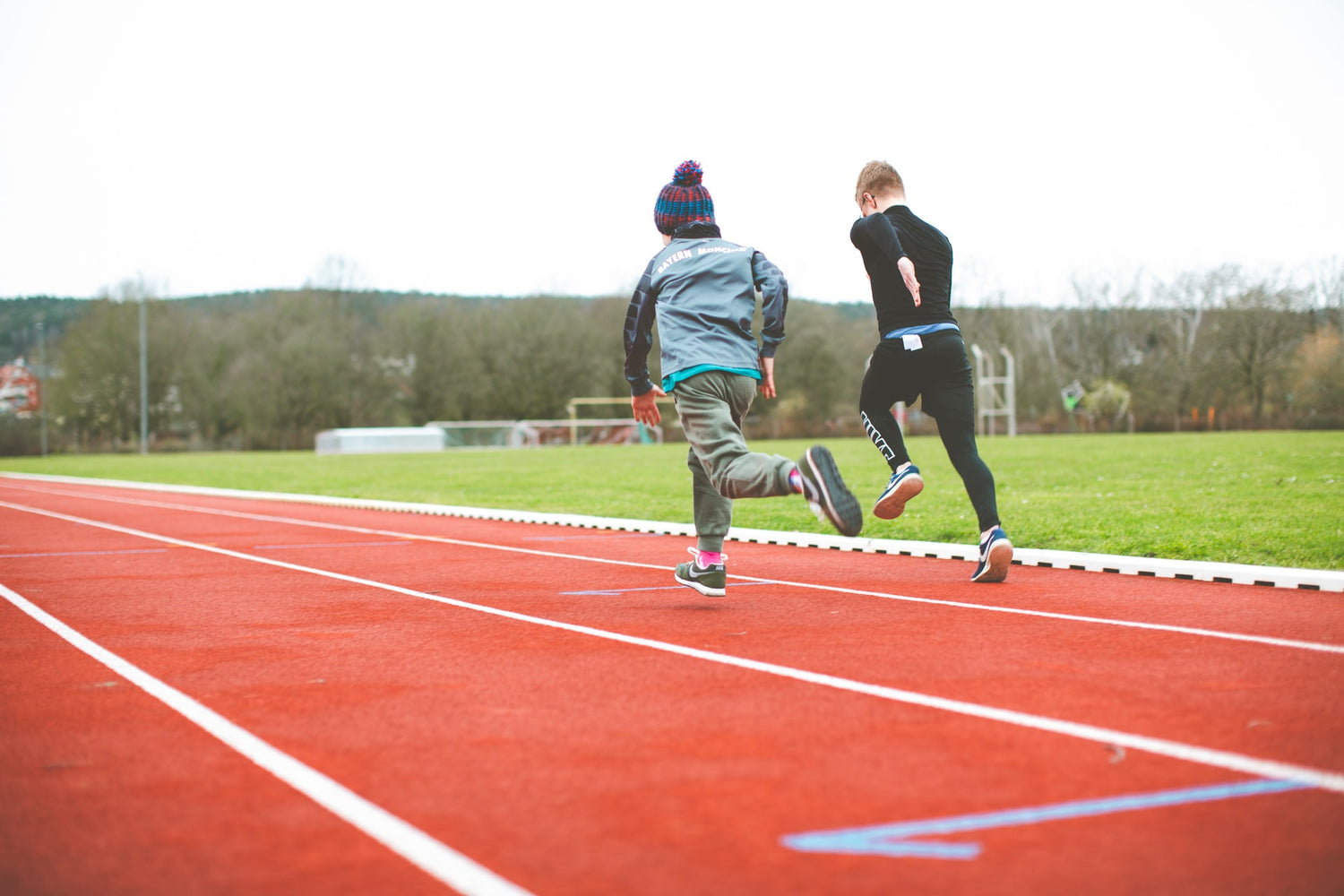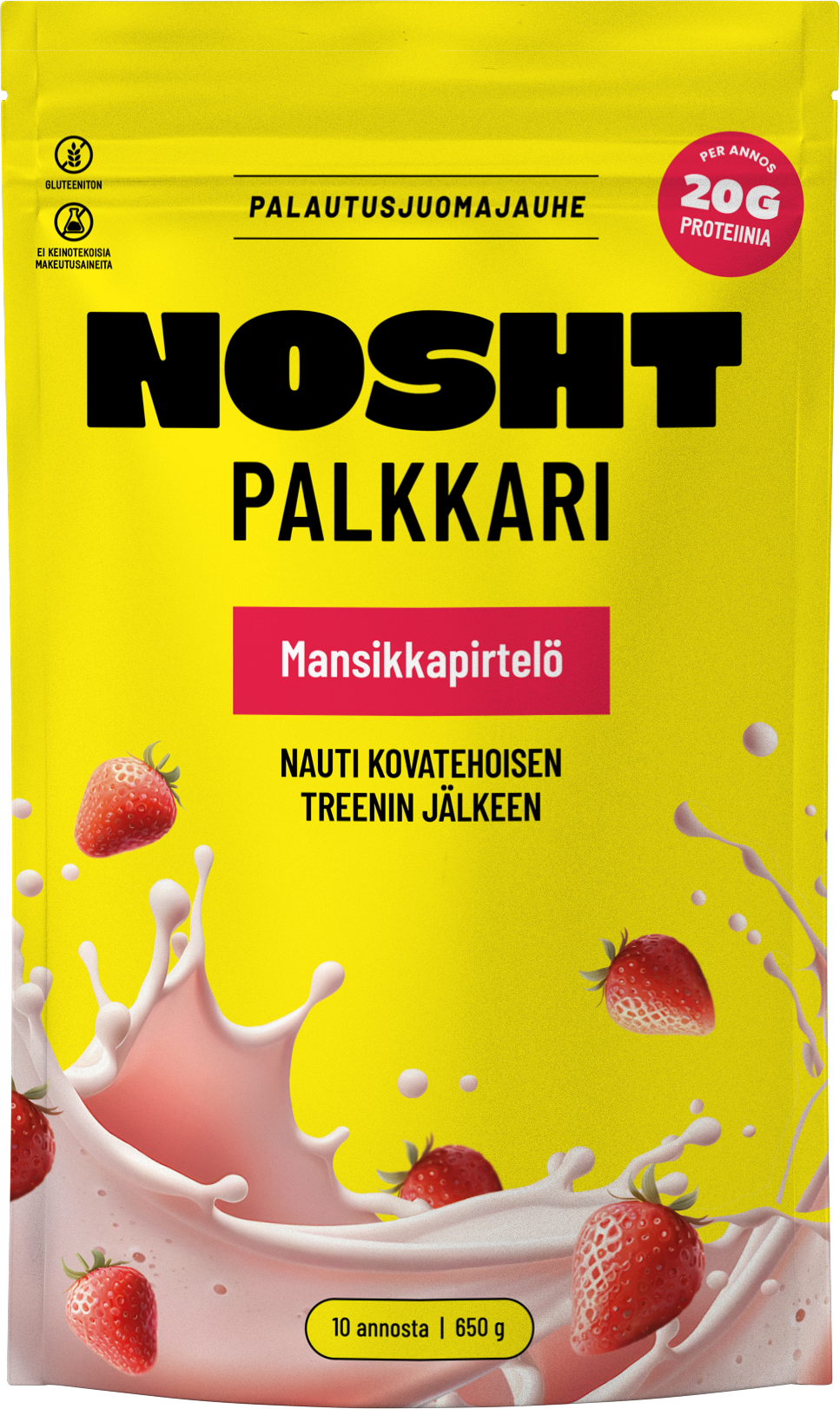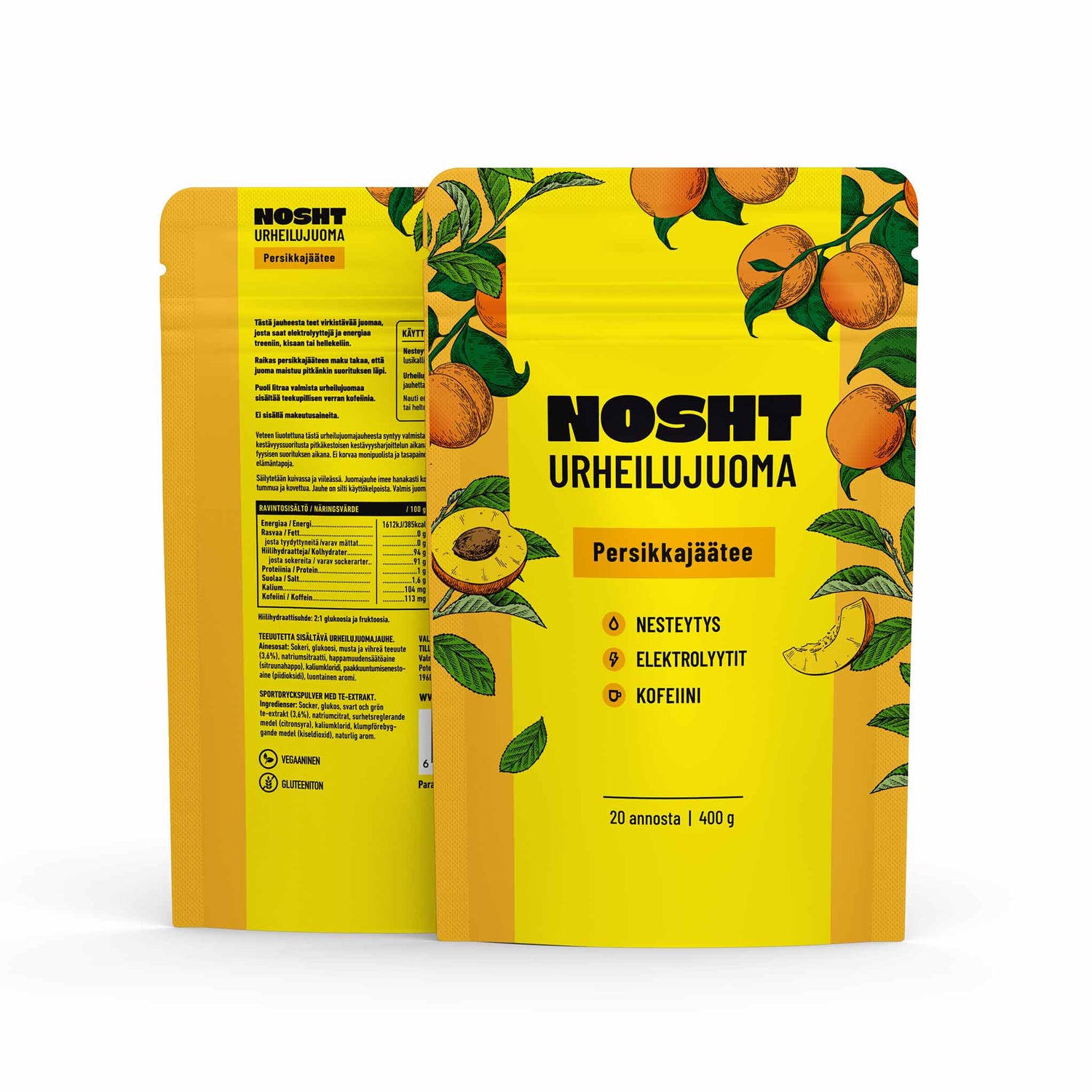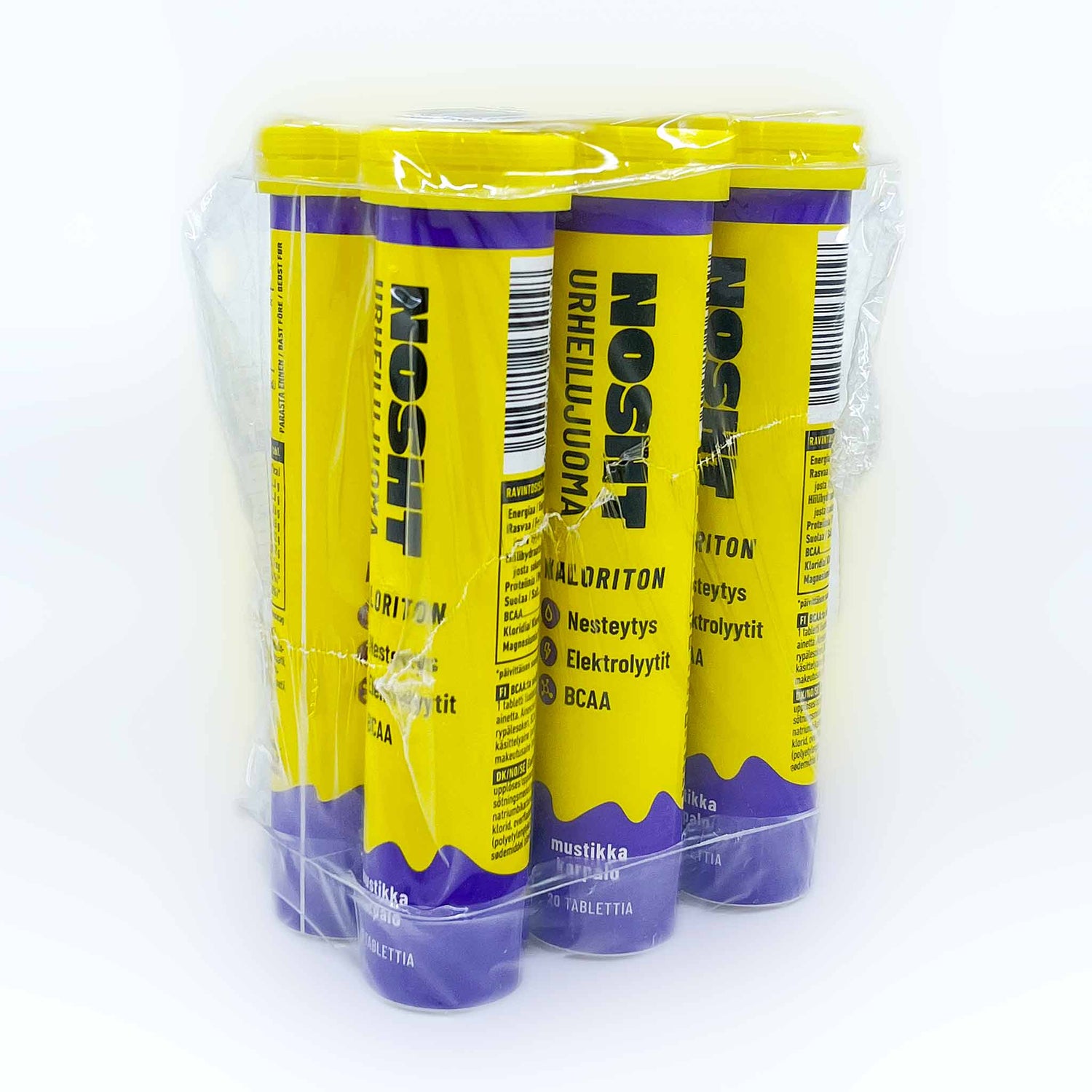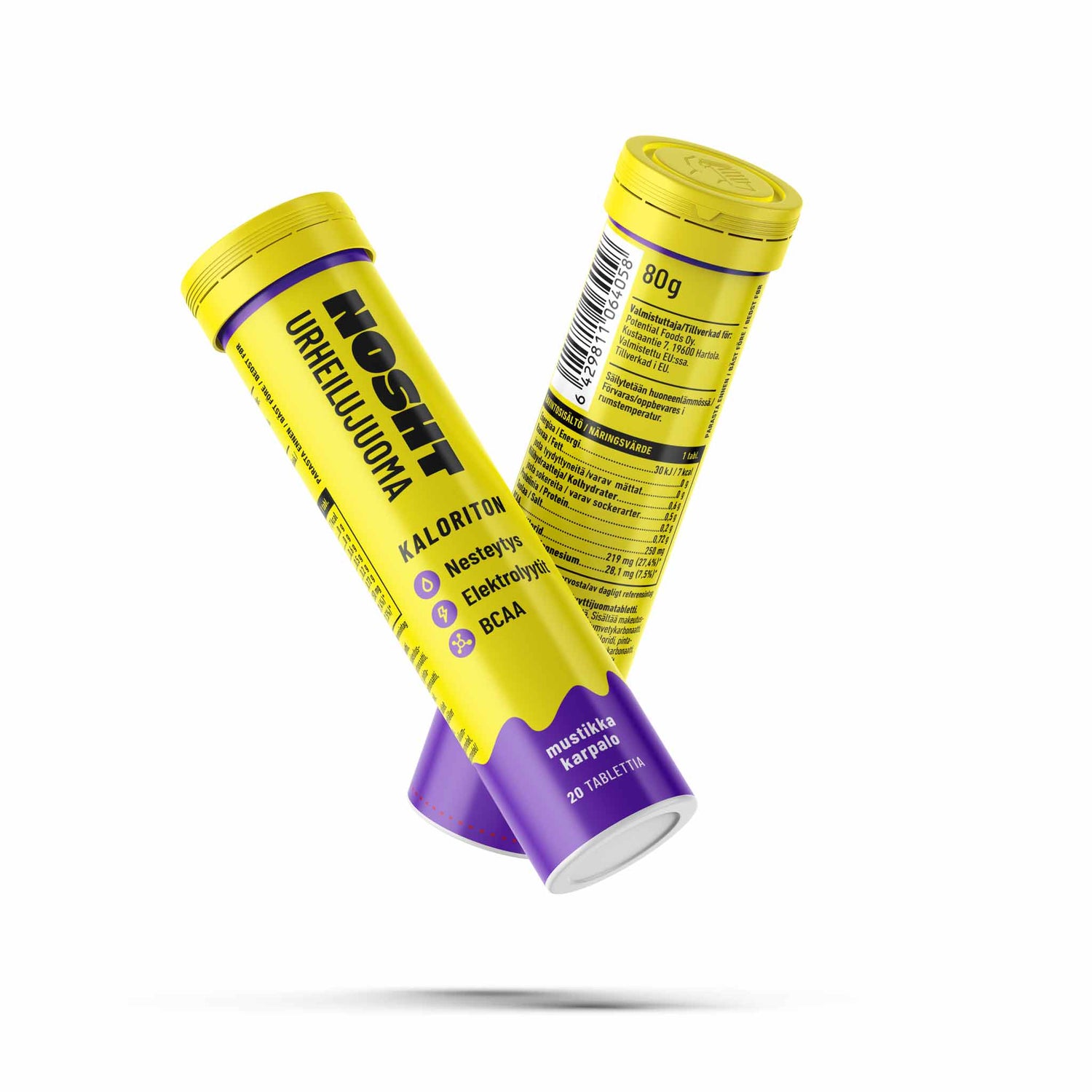The Cooper test is an excellent way to measure your aerobic fitness. With our four-week plan and tips for the test day, you’re guaranteed to crush your goals! Here's how to succeed in your Cooper test by Kaisa Sali, top-level triathlete and coach.
The Cooper test is simple and efficient: you run for 12 minutes and try to get as far as possible.
The test was developed in 1968 by Kenneth Cooper for the United States Army. Since then, millions of students and soldiers around the world have tested their aerobic fitness with the test.
The Cooper test is widely considered to be an excellent way to test and monitor your aerobic fitness and especially VO2max. It suits different fitness levels and is challenging for everyone, regardless if you have just started running or are a pro.
If you’re a novice runner, your goal may be to run the entire 12 minutes without walking in between. For an experienced runner, the Cooper test can be brutal: you need both endurance and ability to push hard. The best athletes can run almost 5 km in 12 minutes!
How to prepare for the Cooper test: 4-week plan
You can prepare for the test by exercising regularly at least a couple of times per week. However, the test is so short you can also do it without specifically preparing for it.
If you want to make the most of your Cooper, here’s a four-week plan to make the most out of the test:
Monday: Rest
Tuesday: Short intervals*
Wednesday: Easy run and strength training circuit
Thursday: Rest
Friday: Long intervals or increasing pace run**
Saturday: Rest OR Cooper test
Sunday: Easy aerobic run with a couple 10-20 second sprints
*Short intervals:
- Warm-up: Jog 5-30 minutes depending on your fitness level (experienced runners: easy fast pace at the end of the warmup)
- A couple of opening intervals: eg. 3 x 100 m moderate pace / 100 m walking
- Intervals:
Run the intervals with a pace that is a little faster than your Cooper aim pace (if you aim to run 3000 metres at 4:00 min/km, run the intervals at 3:45 per km)
Week 1: 5 x 400 m / 200 m walk or easy jog
Week 2: 5 x 600 m / 200 m walk or jog
Week 3: 5 x 800 m / 200 m walk or jog
Week 4 (test week): 5 x 400 m / 200 m walk or jog
- A couple of minutes of easy jogging
- In the end, run 3-5 x 200 m very fast / 200 m walk
- Good cool-down
**Long intervals or increasing pace:
- Warm-up: 5-30 min jog according to your fitness level (experienced runners: easy fast pace at the end of the warmup)
- A couple of opening intervals, eg. 3 dx 100 m moderate pace / 100 m walk
- Intervals or increasing pace:
Week 1: 2 x 2 km a bit slower than Cooper pace (eg. if your goal is 3000 m/4:00 per km, run 4:15 per km / 2 min walk)
Week 2: 3 x 2 km same as above
Week 3: 5 km increasing pace: start with relaxed moderate pace and run the last kilometre almost full speed
Week 4 (test week): Day before Cooper: easy pace jog with a couple of relaxed sprints
- A couple of minutes of easy jogging
- In the end, run 3-5 x 100 m relaxed moderate pace / 100 m walk
- Good cool-down
How to warm up for Cooper test
In order to make the most out of the Cooper test, it’s important to warm up properly!
Start warming up 30 minutes before the start and do the following:
- 10 min easy jog
- 5 min easy dynamic stretches and leg swings
- 5 min running with increasing pace: the final minute at your Cooper pace (= you are out of breath)
- 2 min easy jog
- 3 x 100 m relaxed fast pace starting every minute
- 5 min leg shaking, walking, focusing, whatever feels good… You are ready!
How to succeed in the Cooper test
If you are a beginner, make sure to pace yourself with the test. If your goal is to run the entire time without walking in between, start off easy. 12 minutes is a surprisingly long time!
If you are more experienced, it’s smart to choose a goal that helps you estimate the proper pace. It’s easy to follow your pace from a sports watch. If you don’t have one, it’s easiest to do the test on a running track and count the laps in the end.
If you are a runner, start the test with a challenging pace. The entire test is meant to be run on the limit of your endurance. The optimal way is to run 10 minutes steadily and increase the pace for the final minutes.
After the test, it’s important to do a proper cool-down:
- 5 min walking, hanging out and enjoying your performance
- 10 min easy jog with a couple of relaxed 100 m sprints
- easy stretches for calves, thighs and glutes

Kaisa Sali is a nutritionist, coach and a professional triathlete who ended her career in 2019 by placing sixth at Ironman World Championships at Kona, Hawaii. In Nosht's blog, she shares her expertise in sports nutrition and how to make your gut your best ally in training and racing.
